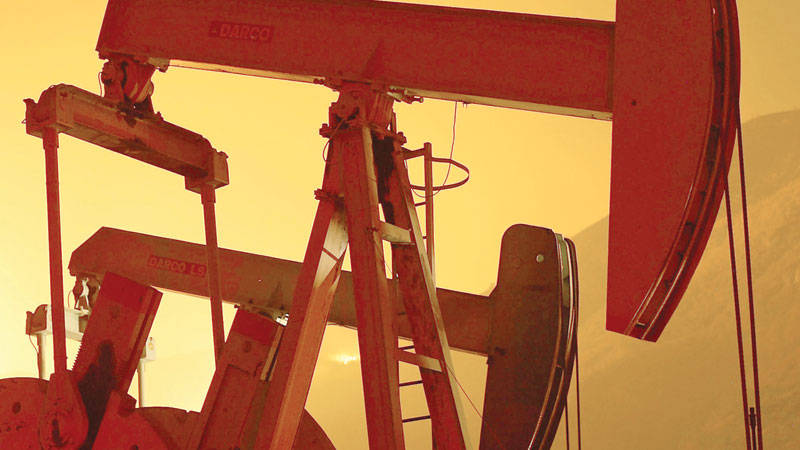


MUSCAT, APRIL 17 -
Despite an uptick in international crude prices, the Sultanate’s pivotal Oil & Gas industry has little choice but to stay the course for at least another year or when stability returns to the global oil price market, according to the Under-Secretary of the Ministry of Oil & Gas.
Citing continued volatility and uncertainty in international energy markets, Salim bin Nasser al Aufi (pictured) cautioned against any rush to roll back the gains made by the domestic industry, notably in building efficiency, eliminating waste, boosting cost-competitiveness, and generally evolving into sustainable businesses.
“We are not out of the woods yet in terms of the global supply and demand balance,” Al Aufi warned. “In my view, the next two years — 2018 and 2019 — will continue to be a challenging period primarily because current oil prices, while higher than the previous year, are still volatile. They are not at a level that makes you certain that the prices have stabilised at this level, or risen slightly as a short-term gain, but could slide going forward. Any balancing of the global oil market may only happen towards the end of 2018 or early in 2019. My guess is that 2019 is probably when we will see some sort of balancing, if ever.”
In comments to OPAL Oil & Gas, the quarterly news magazine of OPAL published by the Observer, Al Aufi urged the hydrocarbon sector to ‘stay the course’ during 2018, returning to a familiar theme that has been the hallmark of the industry’s response to the collapse in oil prices in 2014. However, this time around, there will hopefully be less of the “squeezing of margins” that has characterised business contracts amid the constrained oil price environment, he noted.
“Tight market conditions will likely persist during 2018,” the Under-Secretary said. “But by the end of 2018, if we see a longer stabilisation of oil prices, then probably we may start to see more of a buzz in 2019, in the form of more hiring, for instance, margin negotiations between contractors and operators, and more investments from operators particularly in projects that were shelved because of low oil prices and low margins.”
Significantly, cost-cutting measures embraced by the industry in the wake of the oil price collapse have continued to deliver efficiency gains, according to the Under-Secretary. Contractors are drilling wells at a faster pace and at far lower costs. Mechanised rigs operated by smaller crews are also threatening to supplant mechanical rigs that employ relatively higher numbers of staff. While these new trends are contributing to greater efficiency and lower non-productive time, on the flipside, they are resulting in surplus rig capacity and inevitable staff redundancies. Omanis laid off as a result are given opportunities to redeploy elsewhere within or outside the industry, he explained.
The official’s message to the industry, going forward, is clear: “Whatever gains that the contractors have made through collaborations, efficiency improvements, and so on, let’s hold on to them, because we are still not out of the woods yet. Contractors should not expect the operators to respond immediately to any potential margins uplift. If anything, they will probably try to stay with the status quo or even squeeze the contractors even further just to make sure they are driving all the waste out of the system. So, to all intents, everybody will be holding the course in 2018.”
Oman Observer is now on the WhatsApp channel. Click here



